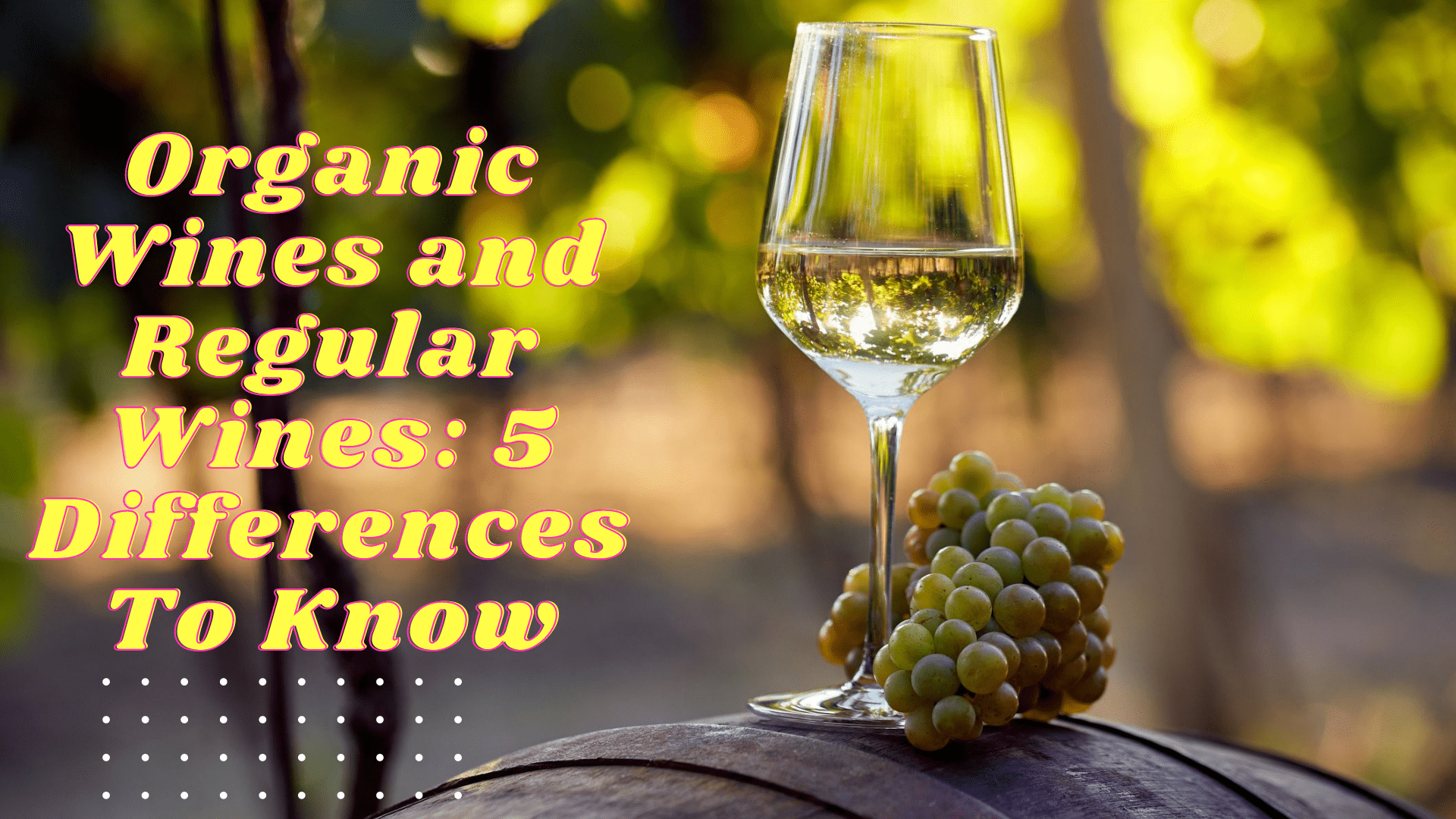Wines have undergone an evolution over the years, be it the techniques used in their making, their storage regime or the way they have been perceived in society. This transition actually helped them stay relevant despite the changing times.
This change itself initiated the need to develop Organic Wines. It is believed that these wines made their way to the shelves in the 1980s. However, they were not so popular back then.
Their popularity has eventually gained momentum in the current times and they are very much in demand now. This owes to the fact that people today are consciously trying to follow a healthy lifestyle. And this has made them “shift” their focus.
The increased awareness makes them know what is going on inside their body. The food and beverage industry has noticed this change of choice. And they too have made efforts to look in a similar direction to stay in the game.
The wine industry is not lagging behind and has made it a point to stay true to the call; and here we have a healthier alternative – clean crafted organic wine with a better demand now.
Let us dig deeper and know how they differ from the regular ones.

Organic Wines
Production: The main difference between organic and non-organic wines is that organic wines are made using grapes from vineyards that adhere to organic viticulture, which means these vineyards only use natural substances for farming.
Preservatives: Organic wines contain a lot less sulphite. A commonly used preservative, its antibacterial properties help increase the shelf life of the wine.
ABV%: Organic wines do not have added sugars which the winemaker usually adds purposely to achieve their desired ABV% (Alcohol By Volume).
Natural & Sustainable: The non-usage of pesticides, clarification agents and chemicals make organic wines natural, sustainable and environmentally friendly.
After effects: As organic wines have fewer sulphites and artificial chemicals, it has less effect on potential headache, which means no hangover the day after.
Regular Wines

Production:
Regular wines are produced with grapes from vineyards that use pesticides and herbicides to kill off unwanted weeds and insects that attack the vines.
Preservatives:
Conventional wines use much more sulphite than organic wines. Their usage helps preserve freshness and also protects wine from oxidation and bacteria.
ABV%: Generally, regular wines are made keeping in mind their sugar content that will define their flavour and ABV% (Alcohol By Volume).
Not-so-eco-friendly:
Conventional wines are a lot less eco-friendly when compared to organic wines. Their waste produced is more in relative comparison.
After effects:
After gulping down a couple of the best Australian red wine glasses. You may feel a head spin and you can wake up with a headache, the next morning. That doesn’t mean the wine is bad, it’s just a regular wine consumed in good quantity.
While organic wines are making their way to people’s houses, regular wines will stay as relevant as they have always been. The former’s contribution to nature and the latter’s contribution to the economy of the wine industry is helping strike a balance in the market. However, the fact that both are here to stay is enough to make their respective drinkers content and happy.
You can buy both organic and regular wines online at discounted prices from Just wines.
Read more:


